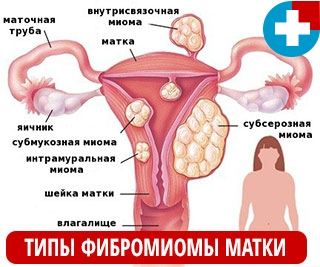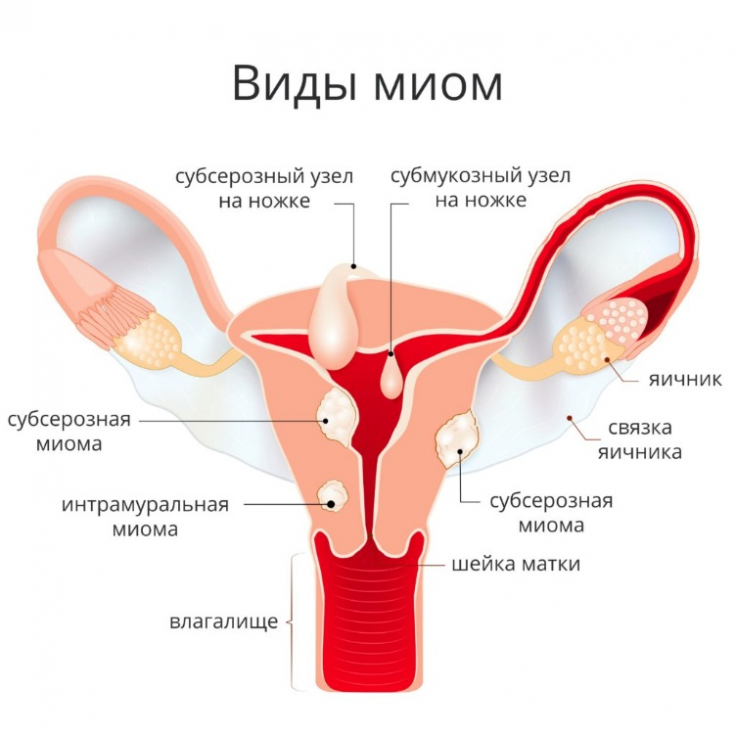Benign neoplasms of the female genital organs occupy a leading position every year. Improvement of known endoscopic methods of surgical correction of gynecological pathology – a constant topic of discussion for obstetrician-gynecologists.
The main goal of the doctor in this situation – it is the preservation of the reproductive function of a woman.
Only in our article on estet-portal.com find out the latest methods of surgical treatment for benign uterine neoplasms in women of reproductive age.
Types of surgical treatment for women of reproductive age
The new study published in this article involved 3,000 women of reproductive age who underwent hysterectomy for benign neoplasms. The data obtained indicate the insufficient use by doctors of alternative treatment strategies to this procedure, as well as the low level of compliance with current methodological recommendations.
Based on clinical and histological findings, 18% of the procedures performed were found to be unnecessary.
Laparoscopic myomectomy − one of the alternative hysterectomy techniques, which is less invasive. However, the results of a number of studies on the health of a woman of reproductive age after this operation indicate an increased risk of the formation of an abnormal placenta.
Follow us on Instagram!
At the same time, the doctor's choice of uterine artery embolization − safe, minimally invasive treatment for uterine fibroids − associated with better reproductive outcomes (weak evidence base), fewer minor complications. However, it has a high risk of surgery 2-5 years after the procedure.
Menopausal Hormone Therapy: Time to Dispel the Myths
Fibromyoma treatment options
One of the most promising alternatives to surgery can be considered therapy with ulipristal, a drug of sex hormones and a modulator of the reproductive system. In particular, the use of this drug helped to reduce the volume of fibroids without the formation of scarring of the walls of the uterus, providing an immediate restoration of ovulatory cycles after the end of the course in women of reproductive age.
The risk of uterine rupture during pregnancy is less than that of a myomectomy, as is the incidence of caesarean section.
However, this technique requires careful selection of patients and can be used in a limited circle of women. When comparing therapy with ulipristal and the method of embolization of the fallopian tubes, they found almost the same effectiveness in the context of reducing the volume of the myomatous node.

The experience of using ulipristal therapy before surgery is quite successful. This strategy made it possible to achieve a more optimal preoperative hemoglobin level, reduce the volume of blood loss and, accordingly, the volume of blood transfusion, made it possible to replace hysterectomy with myomectomy, as well as alternative laparoscopic techniques. The use of this strategy in women of reproductive age improves the prognosis in the in vitro fertilization (IVF) program.
Metformin: a promising treatment for endometrial hyperplasia
A relatively new method of treatment for uterine fibroids is the use of focused ultrasound with thermal ablation of the tumor tissue without affecting other tissues. The technique is experimental, but its preliminary application helps to reduce the size of uterine fibroids by 39-58%, reduces the severity of the main symptoms of the pathology, while not increasing the risk of miscarriage and other negative consequences.
Methods of treatment of endometriomas in reproductive age
Given that endometriomas are inherently a node that is located on the surface of the ovary and gradually penetrates into it, leaving the capsule unchanged, the doctor's goal is to remove the internal contents of the ovary without damaging the external tissue of the capsule and without disturbing its vascularization. At the same time, it is necessary to try to minimize the risk of recurrence of the pathology and not to miss ovarian cancer, which can be hidden under the guise of endometrioma.
Today, obstetrician-gynecologists have access to the following treatment methods for endometriomas:
1) drug therapy;
2) cystectomy;
3) destruction of the cyst using laser, plasma or electrocoagulation;
4) sclerotherapy method.
The evidence base for the effectiveness of drug therapy in the treatment of patients with endometrioma is still questionable. The choice of cystectomy forces the surgeon to carefully select the site of the incision, since the likelihood of damage to the healthy cortical layer during the manipulation is quite high. This risk increases with preoperative medical treatment and with small endometrioma. Cystectomy is also associated with an increased risk of devascularization.
How to deal with premenstrual syndrome
Use of laser in the treatment of endometriomas
Destruction of the cyst capsule using laser and plasma − the strategies used over the past 10 years have been fairly well studied. At first glance, they allow better control of the depth of penetration, which reduces the risk of damage to the capsule. However, this is possible only when choosing the optimal angle of entry of the coagulator. At the same time, the use of repeated coagulation in the same place is impossible due to the risk of destruction of the healthy tissue of the capsule.
Pregnancy with endometriosis: the real possibilities of modern medicine
Experience with the use of electrocoagulation in the surgical treatment of patients with endometrioma indicates the lack of optimal control of the penetration depth, which significantly increases the risk of damage to the cortical layer of the capsule and the hilum of the ovary with impaired vascularization. At the same time, sclerotherapy, which includes aspiration of the contents of the cyst, followed by filling the latter with ethanol, is the simplest and most affordable strategy for removing endometrioma. Although the evidence base for the use of the latter technique in the context of the depth of penetration into the cyst capsule is insufficient, today we can already talk about a low frequency of recurrence of the pathology after sclerotherapy.

The results of the study indicate a lower risk of pathology recurrence with cystectomy compared with laser bone destruction. However, 9 out of 11 studies showed a decrease in anti-Müllerian hormone levels in women who underwent this surgical technique. This explains the occurrence of a significant complication for patients of reproductive age - premature ovarian failure. However, cystectomy does not significantly affect the quality characteristics of the egg and embryo during IVF.
Climacteric Syndrome: Principles of Hormone Replacement Therapy







Add a comment